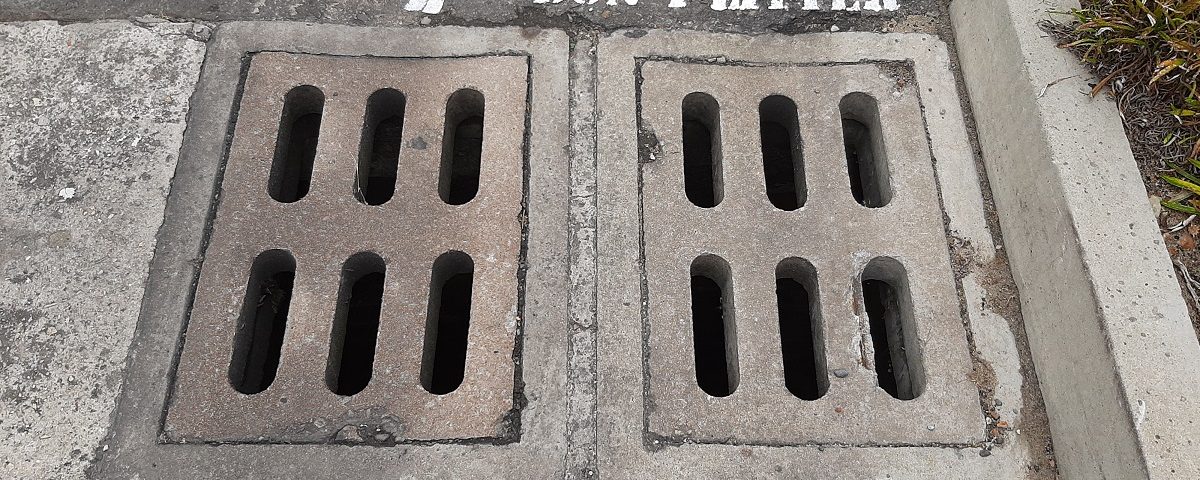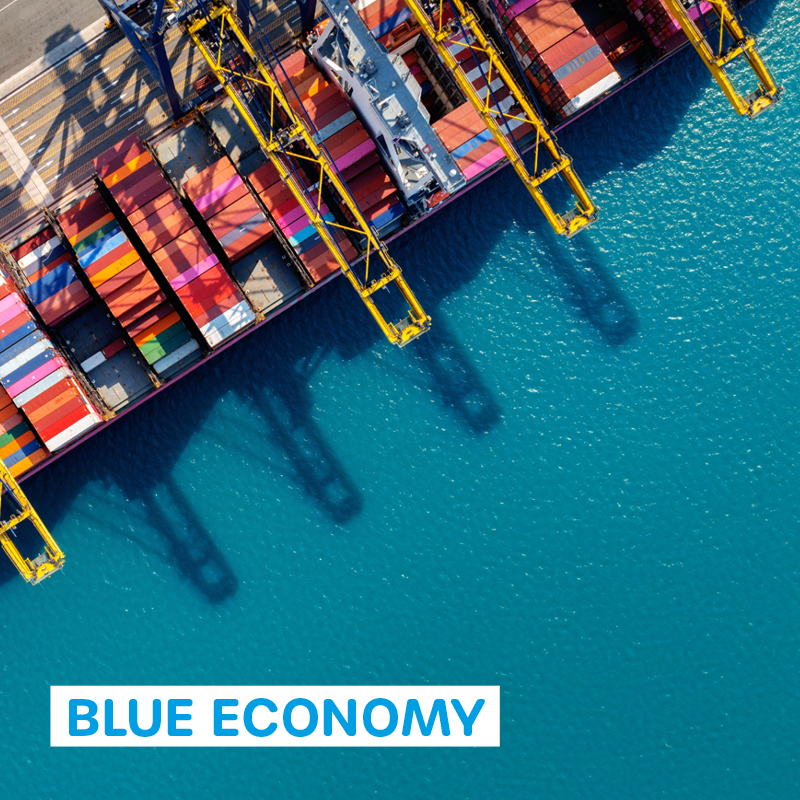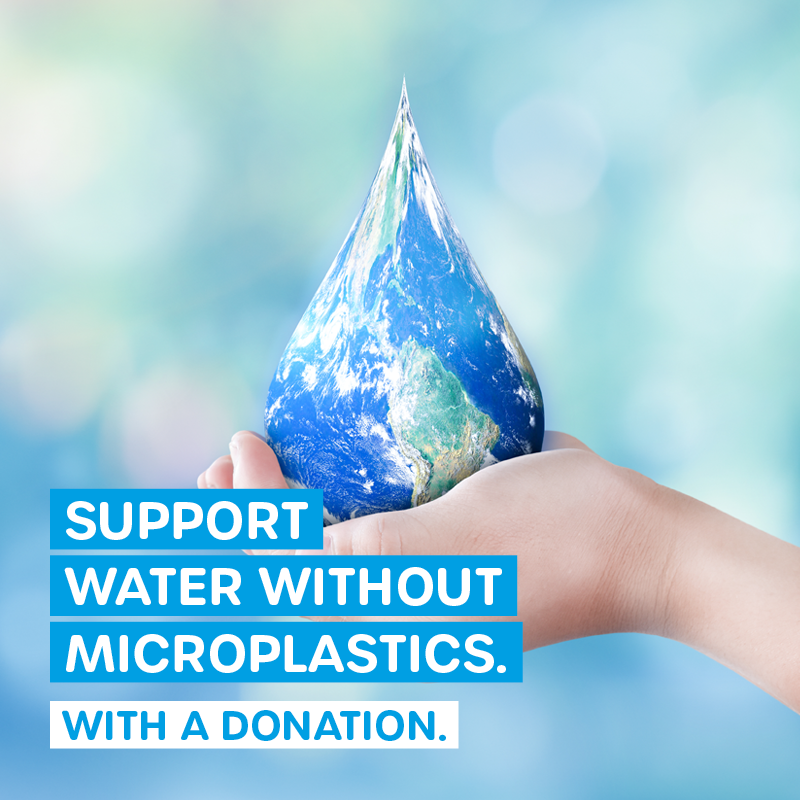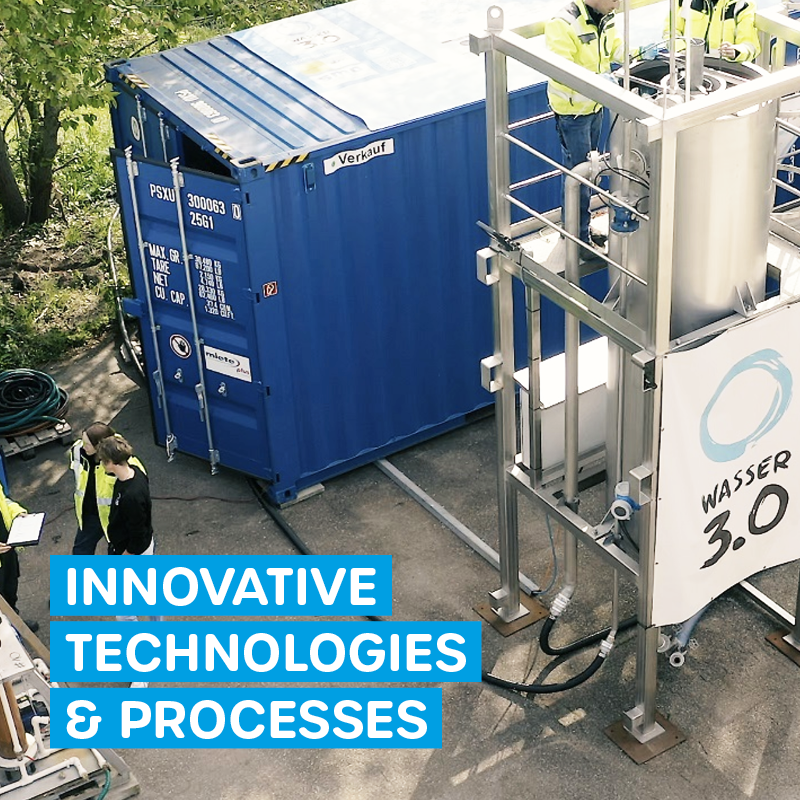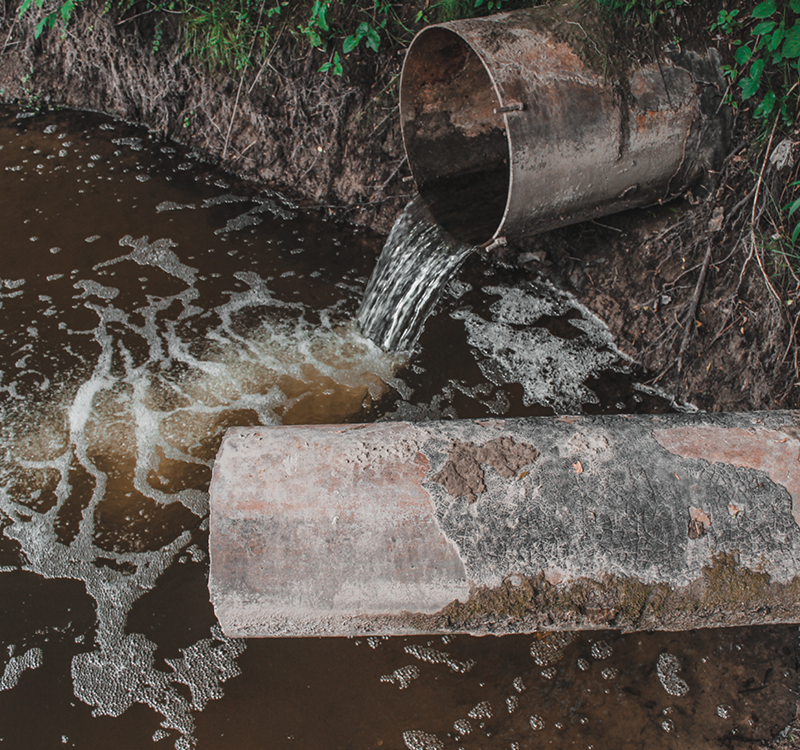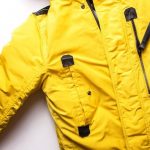
Forever Chemicals – PFAS (Part 1)
5. July 2023
Hiring: Specialists for wastewater technology (f/m/x)
31. December 2023The ocean starts here or how the Blue Economy could become sustainable
The importance of the oceans for the planet and for us humans is as comprehensive as its boundless vastness. Economic, ecological and social dimensions are mutually dependent and influential. At this point in time, it is a matter of nothing less than balancing their interactions in such a way that a win-win-win can emerge. Ocean conservation, and with it the need for a sustainable Blue Economy rapidly rises up the political agenda. It is well known and obvious that the balance of the world's largest ecosystem is at risk - and with it the most important resource of the Blue Economy.
Use protectively or protect for use?
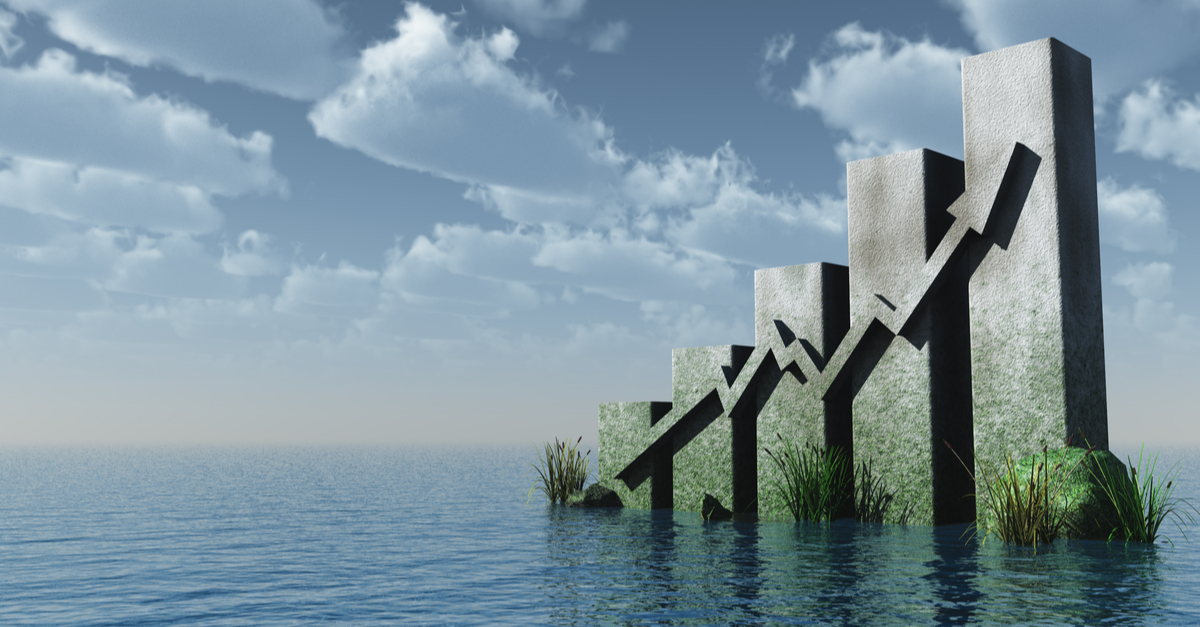
Shutterstock
Our oceans are both an ecosystem and an economic system. The scale of the so-called Blue Economy is similar to that of a large industrialized nation. The growth potentials attributed to it are immense, and their ecological and social impacts can be both positive (food, jobs, renewable energy sources) and negative (biodiversity, climate, health).
The big question in all this is 'how' - how can we continue to use the potentials of the oceans, seas and coasts and protect them at the same time? So here, as with all other industrial and economic processes, it is high time to change linearity and one-way streets into circular thinking and action.
A sustainable Blue Economy: Conservation and use of the oceans linked together
Perhaps it becomes far clearer in the Blue Economy than in the climate debate that the profit-maximizing credo with its exploitative way of using resources is for the benefit of too few, too short-term.
In our latitudes, the balance of the oceans is more emotionally accessible and palpable to many people than climate change. Oil and tar lumps next to the beach towel, plastic pieces in front of the diving goggles, microplastic-laden shells on the plate, algae carpets behind the sailboat. All of this disturbs our image of the sea as a place of longing and recreation - and is far more than a challenge for the tourism industry.
Similar to the „Green Economy“, the Sustainable Blue Economy model aims to improve human well-being and social equity while significantly reducing environmental risks and ecological scarcities.
How ocean conservation takes off at the European level
At the European level, the major themes of the Green Deal - waste prevention and circular economy - also have crucial roles to play in a sustainable Blue Economy. In particular, the focus is on macroplastic inputs, lost or abandoned fishing gear, and waste discharged from ships. Ocean protection measures can be found more or less spelled out in the EU Marine Strategy, the single-use plastic ban, the Zero Pollution Action Plan, and the Circular Economy Action Plan. For the first time, the Blue Economy Sustainability Framework (BESF) identifies and evaluates possible criteria for assessing the sustainability of Blue Economy industries.
These are themes already addressed:
- Plastic waste in the ocean, nutrient inputs to the oceans, and chemical pesticide use and hazards to be halved by 2030.
- The intentional release of microplastics is to be limited, and labeling, standardization, certification and regulatory measures related to the unintentional release of microplastics are to be developed.
- Garbage collected during fishing should be reported in port, and fishing gear made of plastic
should be collected and recycled after use, and standards for recyclable fishing gear should be developed. - A revision of the Ship Recycling Regulation and EU requirements for decommissioning offshore platforms will be proposed to ensure adequate protection of the marine environment.
Protecting the oceans from microplastics and micropollutants
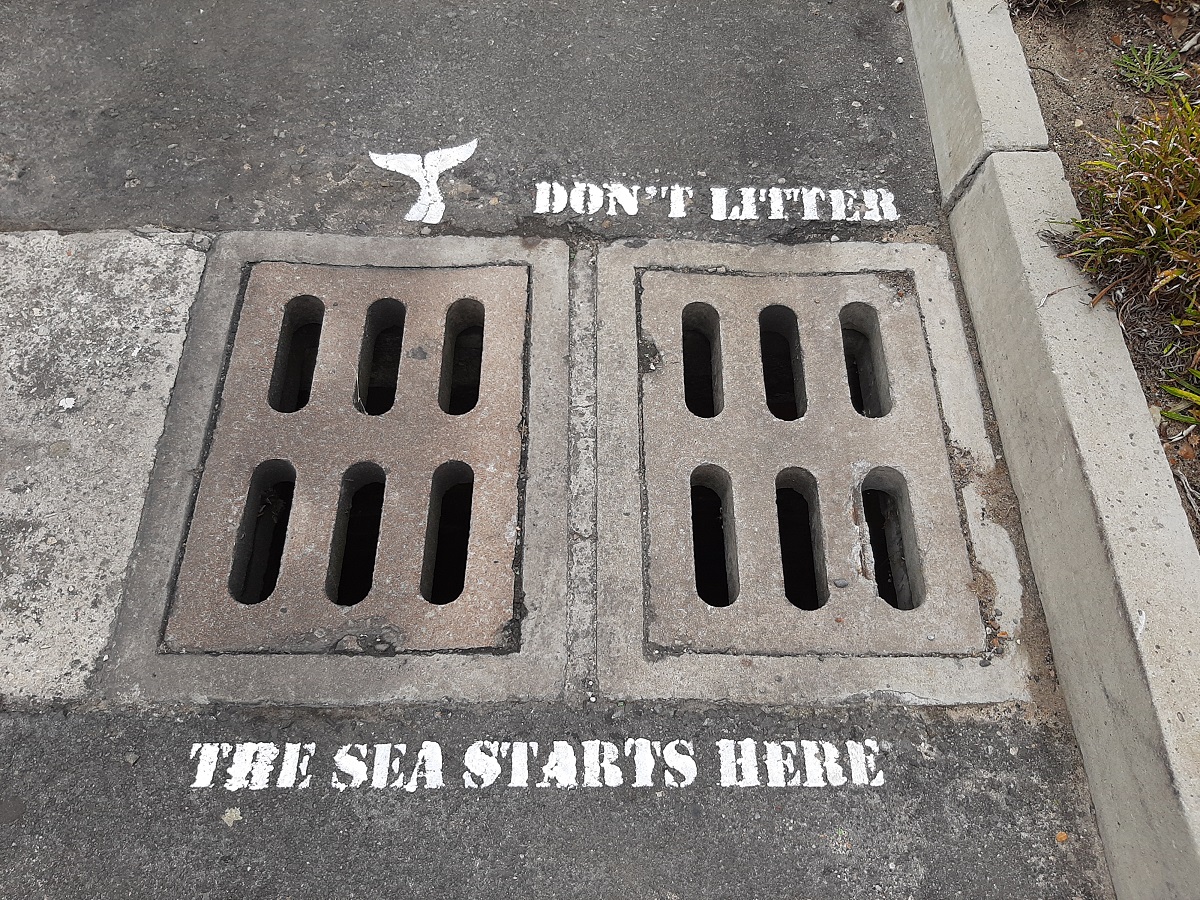
Copyright: Dyer Island Conservation Trust/Marine Dynamics
Regardless of how far from the nearest coast we actually are, the ocean is closer than you think. Cigarette butts that end up in storm drains, packaging waste left on the lakeshore, microplastics and other micropollutants washed into the river with industrial wastewater - much of it ends up in the oceans sooner or later.
Therefore, municipal and industrial (waste) water treatment, at whatever distance from the ocean, has a crucial role to play in a sustainable Blue Economy. The important keywords for Wasser 3.0 in this context are to manage wastewater, seawater, process water in bioeconomically functioning, circular cycles. This brings us to this equation:
Waters without microplastics and micropollutants = ocean protection = biodiversity conservation = climate protection = sustainable Blue Economy = achieving the UN Sustainable Development Goals
Opportunities and possibilities for Green Chemistry in the Blue Economy
Finally, we get specific again, this time in relation to - attention: advertising! - to the possible applications of our Wasser 3.0 PE-X® process for the removal of microplastics and micropollutants from water in a sustainable Blue Economy:
- Seawater Desalination
- Sea salt extraction
- Uncontaminated industrial waters
- Uncontaminated municipal wastewater
- Treatment of surface waters and seawaters in hotspots.
Call for Action: We are looking for early adopters who want to use our Wasser 3.0 PE-X® process to remove microplastics and micropollutants from their process and wastewater and thus make measurable contributions to water and ocean protection and a sustainable Blue Economy.

